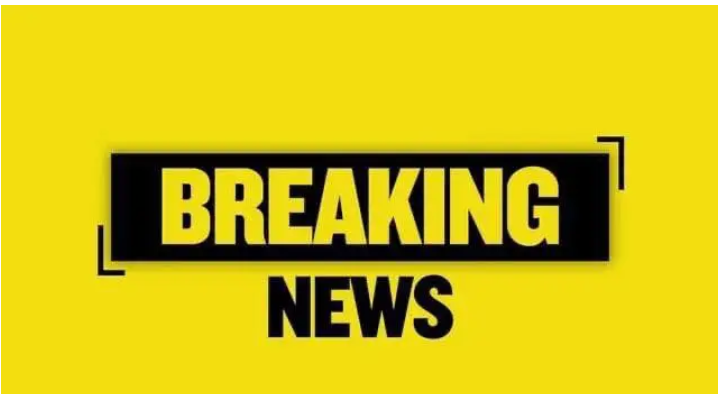Speculation continues to intensify as the football world debates the possibility of major structural changes involving one of Europe’s most influential football executives and one of the continent’s most star-studded squads. The growing conversation centers on what such a strategic shift could mean for the sport, especially at a time when elite clubs are under constant pressure to maintain dominance on both domestic and international fronts.
The executive pictured, known for his commanding presence and decisive leadership style, has long been associated with high-level football governance and major financial influence in the sport. His decisions often ripple across leagues, shaping transfer markets, club ambitions, and competition structures. Any potential involvement with another major European powerhouse would naturally ignite widespread debate, curiosity, and concern among fans and analysts.
Below, the squad shown represents a youthful, talented group wearing the iconic blue away strip of one of Europe’s most successful clubs. This lineup captures a blend of rising stars and established performers, all hungry to push their legacy forward. Their collective energy reflects a club in transition yet determined to maintain its historic standards.
The idea of a powerful football figure aligning in any capacity with such a club raises compelling questions. Could it signal long-term investment? A shift in football politics? A new project aimed at reinforcing dominance or challenging an existing hierarchy? Or is it merely the kind of rumour that thrives in a sport driven by ambition and speculation?
Whether these discussions materialize into concrete developments or fade as fleeting noise, the attention they generate underscores one truth: European football remains a landscape built on influence, ambition, and constant evolution. Fans will continue watching closely, knowing that even the smallest hint of change at the top can reshape the future of the game.

